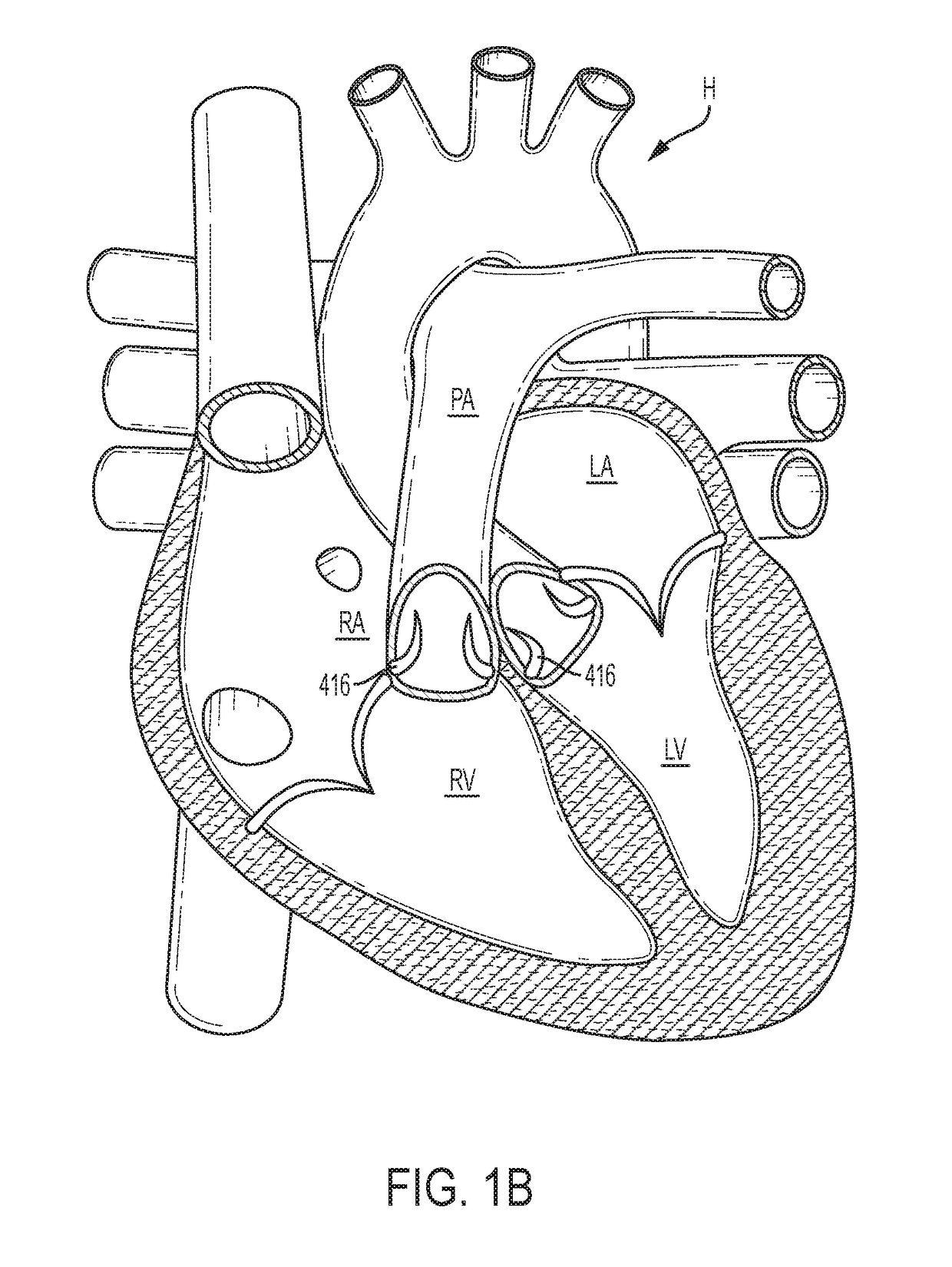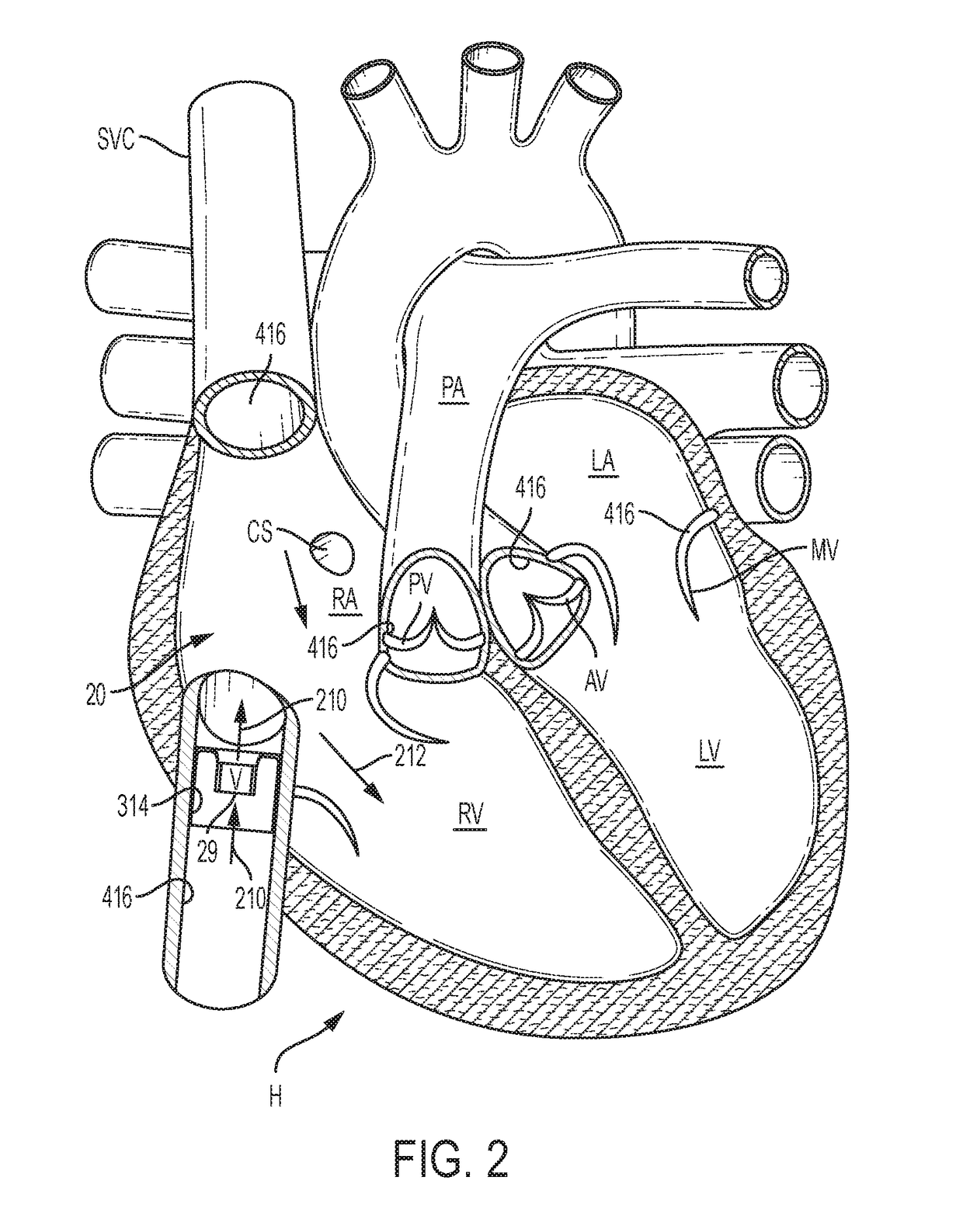Docking stations for transcatheter valves
a transcatheter valve and station technology, applied in the field of docking stations for transcatheter valves, can solve the problems of serious cardiovascular compromise or death, inability to secure the aortic transcatheter valve into the larger implantation or deployment site, and the effect of less effective heart valves
- Summary
- Abstract
- Description
- Claims
- Application Information
AI Technical Summary
Benefits of technology
Problems solved by technology
Method used
Image
Examples
Embodiment Construction
[0148]The following description refers to the accompanying drawings, which illustrate specific embodiments of the invention. Other embodiments having different structures and operation do not depart from the scope of the present invention. Exemplary embodiments of the present disclosure are directed to devices and methods for providing a docking station / device or landing zone for a prosthetic valve (e.g., a transcatheter valve, such as a transcatheter heart valve), e.g., valve 29. In some exemplary embodiments, docking stations / devices for prosthetic valves or THVs are illustrated as being used within the superior vena cava (SVC), inferior vena cava (IVC), or both the SVC and the IVC, although the docking stations / devices (e.g., docking station / device 10, other docking stations / devices herein, modified versions of the docking stations, etc.) can be used in other areas of the anatomy, heart, or vasculature, such as the tricuspid valve, the pulmonary valve, the pulmonary artery, the a...
PUM
 Login to View More
Login to View More Abstract
Description
Claims
Application Information
 Login to View More
Login to View More - R&D
- Intellectual Property
- Life Sciences
- Materials
- Tech Scout
- Unparalleled Data Quality
- Higher Quality Content
- 60% Fewer Hallucinations
Browse by: Latest US Patents, China's latest patents, Technical Efficacy Thesaurus, Application Domain, Technology Topic, Popular Technical Reports.
© 2025 PatSnap. All rights reserved.Legal|Privacy policy|Modern Slavery Act Transparency Statement|Sitemap|About US| Contact US: help@patsnap.com



